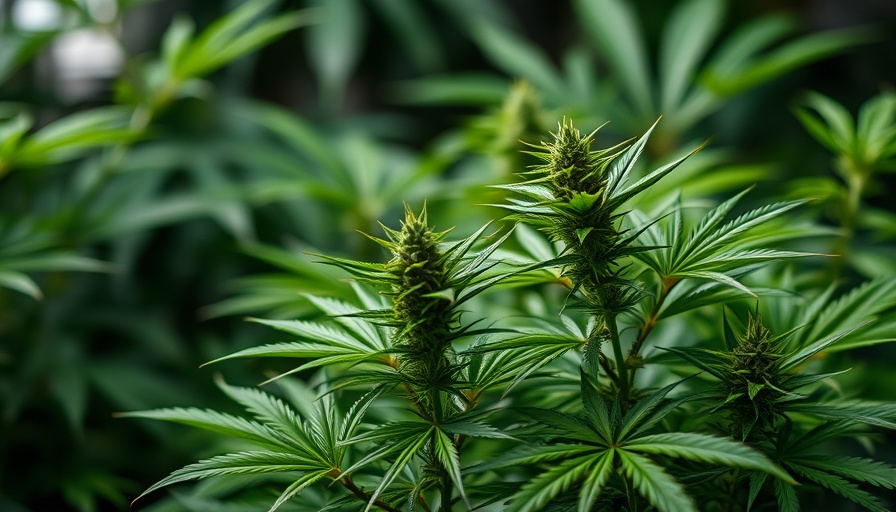
Understanding the Rising Costs of Cannabinoids in Healthcare
The rising costs of cannabinoid products have sparked considerable concern among users, healthcare professionals, and policymakers alike. In 2024, the costs associated with cannabinoids surged by an alarming 17%, amounting to a total expenditure of €5.4 million. Interestingly, this increase comes at a time when the number of users has declined, with open pharmacies dispensing cannabinoid products over 37,000 times—a 3.5% decrease compared to the previous year. This paradox highlights the complexities of cannabinoid usage in contemporary healthcare.
The Declining Users and Rising Costs: What Does It Mean?
While the overall usage of cannabinoids has seen a downward trend, the rise in costs can be primarily attributed to the introduction of registered cannabis extracts. The data indicates that despite a reduction in the number of people using cannabinoid products—down by 6.2% to approximately 6,900 users—the costs soared, with the registered drinks, such as Epidyolex, contributing significantly to this hike. This underlines a critical issue within healthcare; how can costs continue to rise even as the number of users declines? This phenomenon prompts an essential discussion on the sustainability of cannabinoid medications moving forward.
Demographic Shifts: The Young Users of Cannabinoids
A surprising insight from the data is the increase in cannabinoid usage among the younger demographic, particularly those aged 0-20. In 2024, this age group represented 67% of all registered cannabinoid prescriptions. This uptick is largely due to the availability of the registered drinks, which provide easier consumption options for younger patients. As we explore these trends, it's crucial to consider the social implications of increased cannabinoid use within younger populations, potentially influenced by factors such as accessibility and the increasing normalization of these treatments.
Exploring the Value of Cannabinoids
Amidst rising costs and declining use, it's essential to reiterate the health benefits associated with cannabinoids. These products are known for their effectiveness in treating various conditions, including chronic pain, epilepsy, and spasticity. For many patients, particularly older adults facing chronic illnesses, cannabinoids represent a critical option. Therefore, understanding their true value goes beyond mere costs; it encompasses the potential for improved quality of life. As society navigates the complexities of medical cannabis, it becomes a matter of weighing financial implications against clinical value.
Public Health Perspective: Navigating the Costs and Benefits
From a public health standpoint, the rise in cannabinoid costs amidst decreasing user numbers challenges current healthcare models. What solutions can emerge to balance cost and access? Policymakers and stakeholders are encouraged to engage in conversations around regulation, supply chains, and reimbursement models to better serve the homes of elderly patients who need these treatments the most. Could this lead to new healthcare policies that prioritize access without compromising quality or affordability?
A Call to Action: Ensuring Safe Access to Medicinal Cannabinoids
The current state of cannabinoid usage demands attention, especially from healthcare providers and policy makers. As costs continue to rise and patterns of use shift, it is imperative for stakeholders to ensure equitable access to these essential medications. For users and caregivers alike, advocating for sustainable pricing and supportive legislative frameworks can make a significant difference in the healthcare landscape.
 Rij toevoegen
Rij toevoegen






Write A Comment